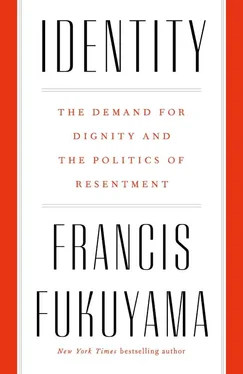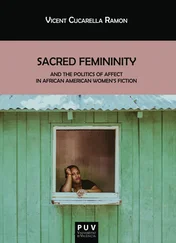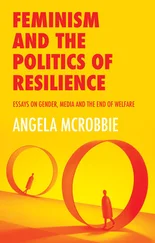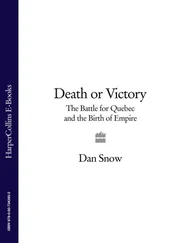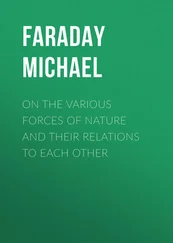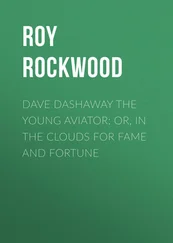Trump built his campaign around opposition to immigration, especially from Mexico and the Muslim world. Like their anti-immigrant counterparts in Europe, many of Trump’s supporters assert they want to “take back their country,” a claim that implies their country has somehow been stolen from them. An August 2017 “Unite the Right” rally in Charlottesville, Virginia, brought together neo-Nazi and racist groups chanting “blood and soil,” and a torchlight rally deliberately reminiscent of National Socialism. In response to the rally, Republican senator Ben Sasse tweeted, “These people are utterly revolting—and have no understanding of America. This creedal nation explicitly rejects ‘blood and soil’ nationalism.” {16}
Sasse’s sentiment that the United States is a creedal nation was highly laudable, especially in the face of a president who seemed to sympathize with many of the ugly sentiments on display at the rally, and the rank cowardice by other Republican politicians who failed to criticize him. But American national identity has evolved over the years; a creedal identity has emerged after decades of political struggle and is to this day not accepted by all Americans.
In Federalist No. 2, John Jay opens the debate on the proposed American Constitution in the following terms:
Providence has been pleased to give this one connected country to one united people—a people descended from the same ancestors, speaking the same language, professing the same religion, attached to the same principles of government, very similar in their manner and customs, and who, by their joint counsels, arms, and efforts, fighting side by side through a long and bloody war, have nobly established general liberty and independence.
Note how specific and narrow Jay’s definition of American identity is. It is based on shared religion (Protestantism), ethnicity (descent from the English), common language (English), and belief in the same republican principles of government. Even Thomas Paine, considered a left-wing radical at the time of the Revolution, claimed brotherhood only with “every European Christian.” Thomas Jefferson doubted that he shared the same blood as the “Scotch” and worried about immigrants from the wrong parts of Europe coming to the United States, who would bring “the principles of the government they leave, imbibed in their early youth; or, if able to throw them off, it will be in exchange for an unbounded licentiousness.” {17}
Jefferson was not the only historical figure worried that the American character would be corrupted by importing the wrong type of person. The arrival of large numbers of Irish Catholics in the 1840s triggered a nativist reaction fearful of the effects of “Popery” and alcoholism, a fear that eventually played out in the passage of the Eighteenth Amendment on Prohibition in 1917. The country’s Anglo-Saxon Protestant elites at times feared German immigrants, who might bring their absolutist instincts to the United States. This fear peaked after the country’s entry into World War I, when many German Americans sought to hide their ethnic heritage. The same was true for the millions of Southern and Eastern Europeans who arrived in the great immigration wave that began in the 1880s and lasted until passage of the Johnson-Reed Act in 1924, which limited entry to the United States by national origin.
Religion and ethnicity were, in other words, key components of the way that many Americans thought about themselves. But a creedal narrative as well had equally deep historical roots, a narrative that contested this view. The French immigrant Hector St. John Crèvecoeur wrote in the 1780s that America was “the asylum of freedom, as the cradle of future nations, and the refuge of distressed Europeans” where “all sects are mixed as well as all nations.” George Washington portrayed a political understanding of the soon-to-be United States as a place “open to receive not only the Opulent and respectable Stranger, but the oppressed and persecuted of all Nations and Religions.” The same Thomas Paine who could only imagine brotherhood with other Christians elsewhere saw the United States as made up “of people from different nations, speaking different languages,” but for whom “by the simple operation of constructing government on the principles of society and the Rights of Man, every difficulty retires and all the parts are brought into cordial unison.” {18} These sentiments underlie the mottoes adorning the Great Seal of the United States: Novus ordo seclorum (“New order of the ages”) and E pluribus unum (“From many, one”).
The American Civil War was, at its root, a fight over American national identity. The Southern states explicitly linked identity to race by excluding nonwhites from citizenship. They drew on the founding principles of the Constitution to argue, as Stephen Douglas did, that democratic majorities in each state had the right to vote slavery up or down as they wished, and that the federal government had no right to interfere in this choice. Abraham Lincoln, by contrast, appealed not to the Constitution but to the Declaration of Independence, and the latter’s assertion that “all men are created equal.” In his debates with Douglas, Lincoln argued that this principle of equality trumped states’ rights; democratic majorities in individual states could not abridge the fundamental rights of people living within them. While Lincoln brought his country into war arguing for preservation of the Union, he understood from the beginning that the real issue was slavery and the threat it represented to the founding principle of equality. [5]This broader understanding of identity was the “new birth of freedom” that he referred to in the Gettysburg Address. {19}
The defeat of the South in the Civil War widened the sense of American peoplehood through the Thirteenth Amendment, which abolished slavery; the Fourteenth Amendment, which defined citizenship to include all people born or naturalized in the territory of the United States (the jus soli), and gave them an equal right to due process; and the Fifteenth Amendment, which prohibited denial of the right to vote based on race, color, or previous condition of servitude. Shamefully, the promise of these amendments would not be fulfilled until the civil rights era a hundred years later, and even today it is being threatened by measures seeking to restrict the franchise among minority voters. Yet the principle of a nonracially based national identity was clearly articulated, as well as the power of the federal government to enforce the underlying rights of Americans. It has become part of the way that most Americans think of themselves.
By the middle of the twentieth century, the de facto diversity of the United States made it impossible to define American peoplehood in either religious or ethnic terms. Following the massive wave of immigration at the turn of the twentieth century, the percentage of foreign-born Americans had risen to about 15 percent of the whole population. Too many of them and their children fell outside traditional religious or ethnic categories for politicians to speak as they once did of the United States as a “Christian” or an “Anglo-Saxon” nation. Of John Jay’s four characteristics of peoplehood—shared religion, shared ethnicity, shared language, and shared commitment to common principles of government—only the latter two, language and common devotion to democratic government, remained. [6]This represented the “creedal” understanding of American identity referred to by Senator Sasse.
This creedal understanding of American identity emerged as the result of a long struggle stretching over nearly two centuries and represented a decisive break with earlier versions of identity based on race, ethnicity, or religion. Americans can be proud of this very substantive identity; it is based on belief in the common political principles of constitutionalism, the rule of law, democratic accountability, and the principle that “all men are created equal” (now interpreted to include all women). These political ideas come directly out of the Enlightenment and are the only possible basis for unifying a modern liberal democracy that has become de facto multicultural.
Читать дальше
